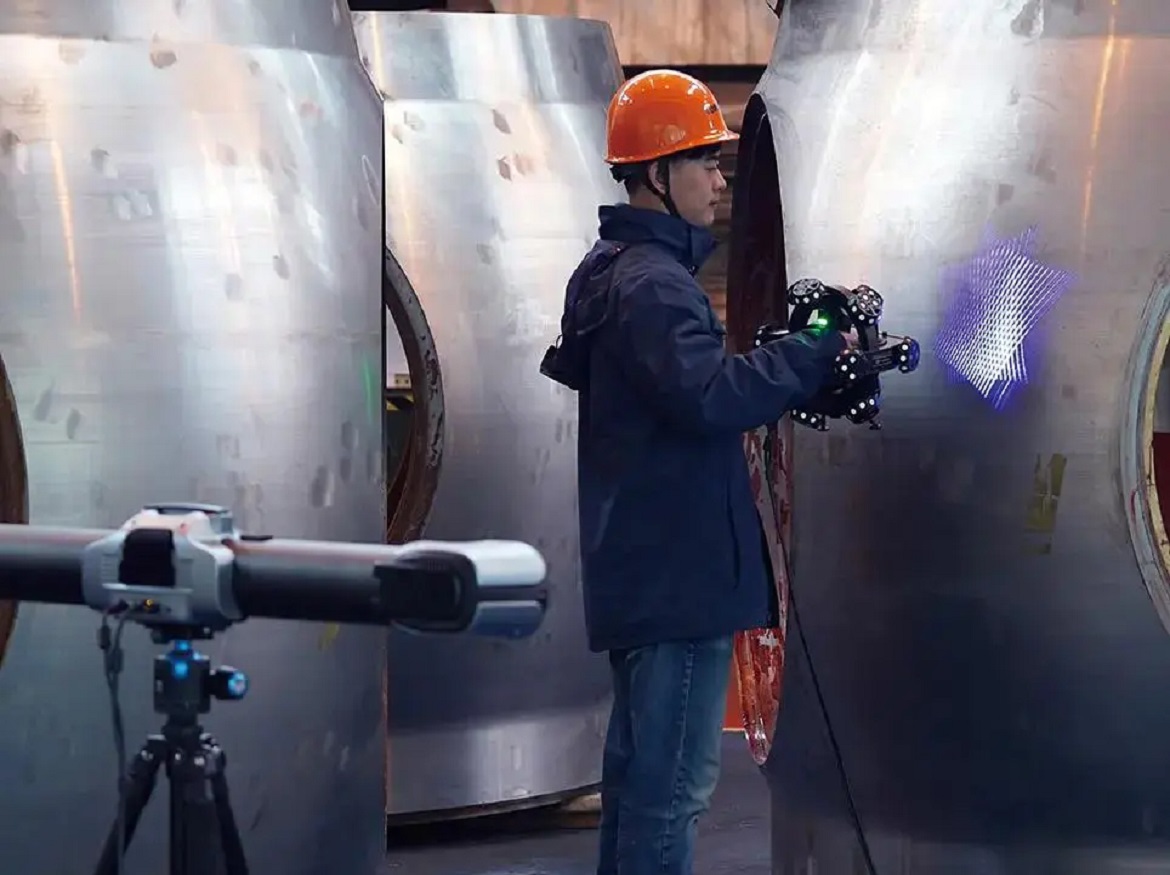In the realm of scientific research, engineering, and even everyday life, precise and accurate measurements are crucial for obtaining reliable results. What characteristics make a scale highly precise?
What is a measurement that is accurate? Is trueness the same as accuracy? In this blog, we will explore the concepts of measurement trueness, accuracy, and precision, and understand their significance in 3D laser scanning.
Measurement Trueness
Measurement trueness is the closeness of the mean value of a large number of repeated measurements to a known value.
Assuming that we have conducted multiple measurements and calculated the mean value of these measurements if this mean value is close to the reference value, we can say that the measurement trueness is high. Conversely, if the mean value of the measurements deviates from the reference value, then the measurement trueness is low.
Trueness is related to the systematic measurement error and not to the random measurement error. Unlike accuracy, which compares individual measurements to a reference value, trueness focuses on the overall agreement of average results.
Measurement Precision
Precision refers to the degree of consistency and repeatability of results obtained from repeated measurements of the same or similar object under specific conditions.
Conducting multiple measurements under the same conditions, if the results are close to each other, then the measurement precision is high. Conversely, the more scattered the measurement results, the lower the measurement precision.
Precision can be expressed using statistical measures such as standard deviation, variance, or coefficient of variation at specific conditions including repeatability conditions, intermediate precision conditions, and reproducibility conditions.
Measurement Accuracy
Measurement accuracy, or simply accuracy, describes how close a measured value is to a true value.
If a measurement result is very close to the reference value and exhibits high consistency, it indicates that our measurement accuracy is high; conversely, if the result deviates from the reference value, the accuracy is low.
Accuracy is a qualitative concept that does not have a numerical value and cannot be calculated.
Intermediate Measurement Precision
Intermediate precision of measurement is the precision of measurement under a set of intermediate precision conditions. Intermediate precision conditions are a set of conditions that may vary over a longer period of time while using the same measurement procedure, location, and repeated measurement of the same or similar object.
The varying conditions may include new calibration and changes in measurement standards, operators, and measurement systems. When reporting the intermediate precision, the conditions should be specified, including the changed and unchanged conditions, as well as the actual degree of change.
Interplay between Precision, Accuracy, and Trueness
Precision, accuracy, and trueness are related but different concepts in the science of measurement. Precision evaluates the variation and repeatability of the measurements, while trueness indicates the closeness of the average values to the true value, and accuracy reflects the systematic and random errors.
A measurement method can be precise but not accurate if it has a consistent deviation from the true value, or accurate but not precise if it has a random scatter of the results around the true value. The best measurement method should be both precise and accurate, with trueness ensuring the validity of the mean values.
Precision and Accuracy in 3D Scanning
Using the optical 3D measurement system TrackScan–Sharp, we measured a standard gauge block with a length of 1000 mm ten times at a distance of 4.5 m from the i-Tracker and obtained the following results.
According to the official parameters, the equipment has a volumetric accuracy of 0.067 mm when measured at a distance of 4.5 m from the i-Tracker.
As shown in the table, all ten measurements meet this requirement, indicating a high measurement trueness. The standard deviation of the ten measurements is 0.0086 and the range is 0.028, which shows good measurement precision.
Conclusion
Trueness, precision, and accuracy are crucial aspects of measurement that affect the reliability and significance of the results in various fields. To obtain high-quality measurements, scientists, engineers, and researchers aim to improve all three aspects.
By applying appropriate calibration, designing experiments carefully, and choosing suitable measurement methods, we can achieve measurements that are both precise and accurate, which can lead to progress in different areas.
Click on the following link Metrologically Speaking to read more such blogs about the Metrology Industry.









